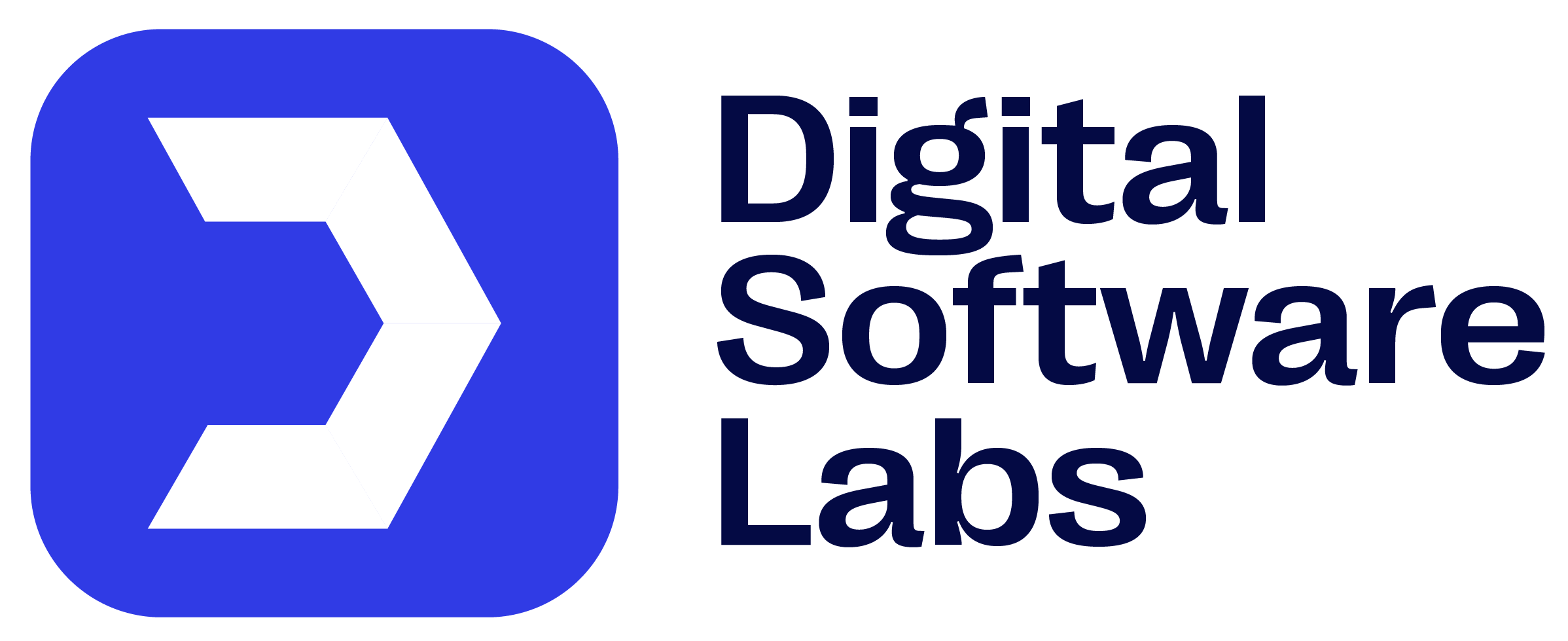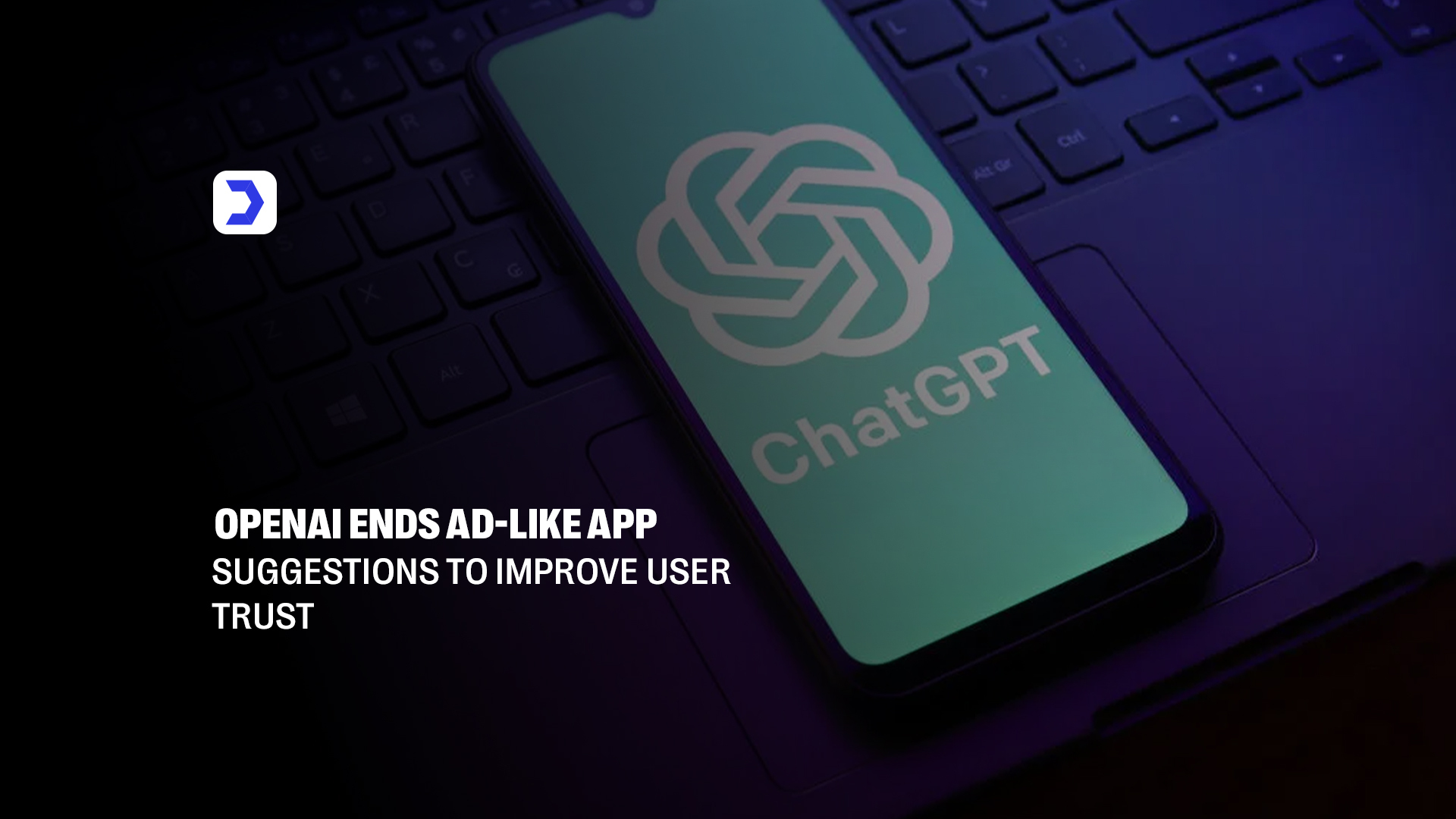Summary
-
OpenAI has officially paused the development and release of GPT-5, shifting its focus to optimized models like O3 mini.
-
The OpenAI o3 release is not a downgrade but a performance-oriented upgrade focusing on speed, reliability, and cost-efficiency.
-
With no confirmed GPT-5 release date, the tech community turns its attention to these interim improvements.
-
Real-world performance shows ChatGPT-o3 handles queries faster and with greater contextual accuracy than previous models.
-
OpenAI’s approach mirrors growing industry preferences for stability and ethical AI, as seen in trusted evaluations at Digital Software Labs.
-
Tools like ChatGot, DeepSeek, and GPTZero provide insight into this movement toward accessible, responsible AI.
- The future of ChatGPT 5 may be closer than expected, but OpenAI’s current path emphasizes functionality and user experience above rapid deployment.
In a move that has stirred the AI community, OpenAI has officially announced a delay in the much-anticipated GPT-5 model development. Instead, the company is doubling down on its current trajectory by introducing the new ChatGPT-o3 mini model, part of a refined effort to balance cost, efficiency, and performance. This strategic redirection is not a setback but a calculated transition, ensuring the next major leap in chatgpt technology is both safe and truly groundbreaking.
The announcement underscores OpenAI’s commitment to cautious innovation amid increasing scrutiny of large language models and their societal impact. Rather than rushing to the next number, OpenAI is refining its infrastructure through the release of the OpenAI o3 model, which quietly rolled out across platforms earlier this year. The shift indicates a strong focus on responsible development, practical improvements, and broader deployment before unveiling the larger leap of chat gpt 5.
Amid speculation about the GPT-5 release date, OpenAI’s evolving roadmap also reflects broader trends seen across the AI ecosystem, as discussed in recent OpenAI news updates by Mattrics, including breakthroughs like the O1-Pro model and rising demand for smaller, cost-efficient systems.
The Next Evolution of AI
As OpenAI pivots from developing GPT-5 to enhancing its current model lineup, the release of OpenAI o3 signals a shift in the broader AI landscape. Rather than focusing on sheer model size, OpenAI is investing in performance efficiency and real-world usability, key areas where the new O3 mini model stands out. The emphasis on speed, cost-effectiveness, and more grounded outputs reflects an industry-wide move toward sustainable and scalable AI deployment.
This pragmatic direction mirrors developments seen in alternative platforms. For instance, ChatGot showcases how integrated multi-agent frameworks can streamline communication tasks across platforms, while GPTZero underscores the importance of AI transparency and detection in academic and professional contexts. These tools, much like ChatGPT-o3, are redefining what it means to build trustworthy, accessible, and task-specific AI.
The evolution from ambitious model jumps to refined iterations is not a step back—it’s a strategic foundation. By improving token efficiency, response alignment, and infrastructure stability, OpenAI o3 prepares the groundwork for the eventual arrival of chat gpt 5. In the meantime, users benefit from a smarter, faster experience that fits today’s needs while pointing clearly toward tomorrow’s advancements in chatgpt technology.
ChatGPT-o3 Improvements
The arrival of ChatGPT-o3 marks a notable enhancement in OpenAI’s model lineup, prioritizing efficiency, speed, and reliability. Unlike larger predecessors that demanded extensive resources, the O3 mini model is engineered for everyday usability, delivering faster response times, fewer hallucinations, and more refined contextual understanding. This makes it ideal for both casual interactions and API-based enterprise use, bridging the gap between advanced capability and lightweight infrastructure.
What sets OpenAI o3 apart is its strategic similarity to the architectural refinements seen in the O1-Pro model, OpenAI’s most powerful system to date. The O1-Pro model showed that excellence in AI doesn’t always depend on model size but rather on design intelligence and output control. O3 mini inherits these principles by offering smarter allocation of processing power and real-time adaptability—without sacrificing depth of interaction.
Across OpenAI’s broader ecosystem, this approach reflects the organization’s evolving commitment to scalable, safe, and performance-oriented AI. As detailed by the broader insights shared through Digital Software Labs, this strategic alignment not only improves the present user experience but sets a strong foundation for future models like GPT-5, which now has a clearer path to deploy responsibly within optimized AI infrastructure.




